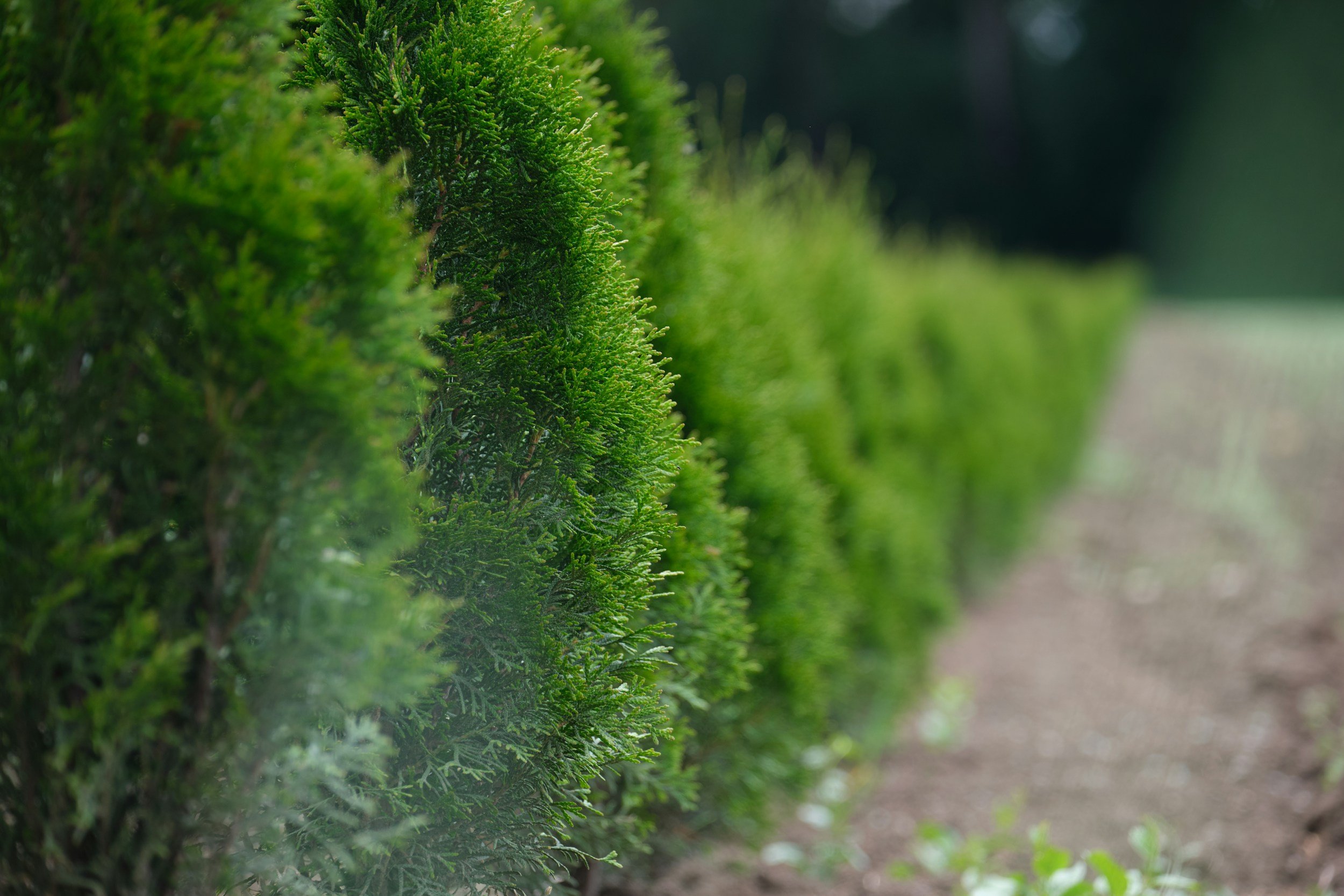Add a little privacy with some appealing, cost-efficient landscape.
Privacy and security are always the number one priority in your home besides comfort. Building a fence or having an armed entrance gate can always be a good foundation for your security. Iron and wood are usually the materials for these gates and fences, but what about adding a little greenery to it? Besides bringing appealing, cost-efficient options for your yard it also adds as an aesthetically pleasing way to screen out the world around you. Some other reasons to pique your interest are that it enhances curb appeal, creates a sound barrier, and it blocks the wind.
The best plants to use for a private hedge:
Arborvitae
Cypress trees
Holly trees
Pine trees
Spruce trees
The number one concept to keep in mind regarding the planting of your trees outside of growing conditions is spacing. These evergreen trees can grow to be exceptionally large specimens, so before planting, you must account for their mature height and width before mapping out your planting and then space the plants accordingly.
In front of the screen, you may also choose to incorporate medium or small shrubs to add color to the screen. The color of the smaller shrubs really pops against the darker backdrop. Imagine a beautifully mixed row of arborvitaes, cypress, junipers, pines, boxwoods, and hollies creating a backdrop for colorful shrubs such as azaleas, photinias, euonymus, or our favorite spring or fall blooming camellias!
You may say that a fence can serve a similar purpose to privacy trees, and in some cases, you would be correct. However, there are so many reasons to opt for a living wall of privacy over a fence!
· The overall cost of a screen planting is usually a fraction of the cost of building a fence.
· Privacy Trees Live upwards of 100 years serving as a long-term solution to your privacy needs
· You can create a much taller screen or wind and noise buffer with evergreen trees than you can with a fence.
· Overall yearly maintenance costs of a fence can be astronomical compared to a “living fence”
· Many municipalities require a costly permit and property survey before a fence can be installed.




